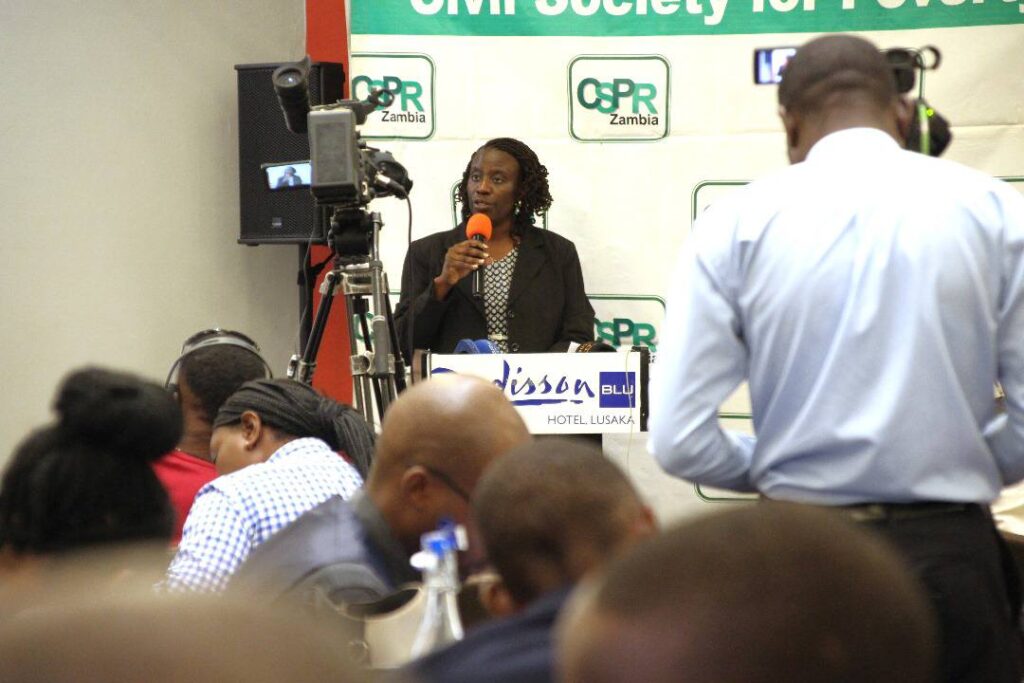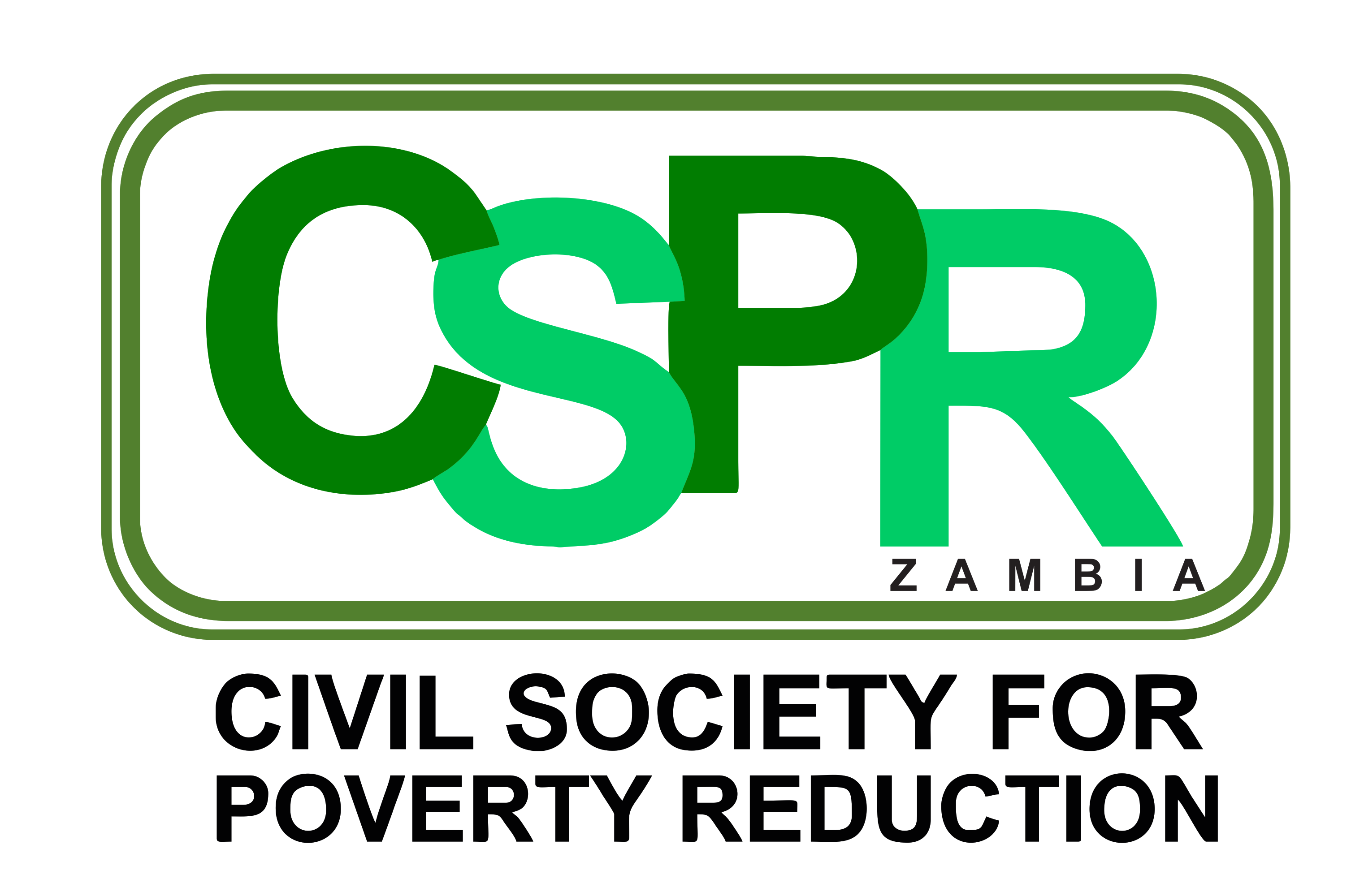
Zambia’s economy has stagnated over the past decade, with GDP failing to surpass the 2013 level of US$28 billion, according to economist Trevor Hambayi.
Hambayi who was presenting, Zambia’s economic trajectory and human development study on behalf of Civil Society for Poverty Reduction (CSPR) shared that last year, the GDP reached US$29 billion surpassing the stagnation period but dropped to US$26 billion this year due to drought and power deficits.
Speaking at the CSPR and Economics Association of Zambia organised public forum on Friday, themed “Is Zambia’s Economic Development Model Truly Inclusive?” Hambayi attributed the economic stagnation to several factors, including high debt levels, volatile exchange rates, and ineffective policies.
He highlighted the depreciation of the Kwacha by 366 percent over the past ten years, averaging a 40 percent annual depreciation from K6 to K28.
Hambayi stated that this, coupled with tight monetary policy aimed at controlling inflation, has stifled private sector investment.
“Since 2015 to 2016 we have been driving the policy around the monitory policy rate to drive a single digit inflation rate. Having to do this we have also been taking away our liquidity from the market to keep down the inflation rate,” he shared.
Hambayi said removing liquidity from the market is taking away resources that are required for the private sector to invest therefore called for the double digit approach.
“The double digit approach is the only thing that will address the challenges that the country is facing, which is unemployment, poverty, High Cost of living. In terms of the high cost of living living. The only way we can deal with it, is that we need to put more money in your hands,” said Hambayi.
While the Human Development Index (HDI) has shown modest improvement, with life expectancy increasing from 48.5 years to 63.9 years and education levels rising, poverty has increased by 1.25 percent annually since 2015.
“At the current trajectory, poverty levels could reach 68 percent by 2030,” Hambayi warned.
He emphasised the need for a GDP growth rate of 5.6 percent to prevent the rise in poverty and stressed the importance of domestic investment, particularly from SMEs, to drive economic growth.
The economist shared that looking at history, during Zambia’s best economic period between 2004-2014, where economic growth was above seven percent, the country did not reduce poverty and didn’t create equality because the economy was driven by foreign entities.
“All the resources [generated from 2004-2014] were externalised. When you look at this country we have got 240 multinational companies that contribute 62 percent to our GDP. So when we measure the GDP, we measure what has happened to those 240 companies,” Hambayi added.
He therefore called for the country to focus on domestic investments highlighting that 3.7 million small-scale farmers in the agriculture sector remain largely untapped and SMEs lack adequate empowerment.
The CSPR recommended an “economic constitution” to guide long-term economic planning and a shift towards a double-digit GDP growth strategy to address unemployment, poverty, and the high cost of living.
They organisation also called for improved debt management, increased resilience to external shocks, and a focus on domestic investments to drive sustainable economic development.
Civil Society for Poverty Reduction executive director Isabel Mukelebai disclosed that Hambayi’s presentation was derived from a study conducted by the organisation to be launched early January, next year.
The study aims to comprehensively assess poverty reduction in the country by examining Human Development Index, Gender Inequality Index, and data from the Demographic Health Survey as well as the traditional economic indicators like GDP, per capita income, and inflation rates.
“Despite reforms to our economic and social development policies over the decade or so, pro-poor growth still remains elusive. Achieving growth that is able to carry along the poor and include the masses in economic participation has remained challenging…,” Mukelebai said.
“To fully realise reduced poverty rates, the government must interrogate its current economic growth model against current human development indicators and assess whether Zambia’s current trajectory will deliver economic growth with development gains.”
Meanwhile, the Minister of Finance and National Planning Dr Situmbeko Musokotwane reaffirmed Government’s commitment to fostering an inclusive and equitable economic model.
Dr Musokotwane said through a speech read on his behalf by the acting permanent secretary for planning and administration, Prudence Kaoma that the rising food inflation, currently at 16.5 percent, and the escalating cost of living have deepened socioeconomic disparities.
He said this has compelled Government to explore how it can ensure benefits of economic growth are equitably distributed and that every Zambian has the opportunity to thrive.
Meanwhile, Economics Association of Zambia shared some recommendations stemming from the public forum to act as a roadmap for sustainable and inclusive economic development while also addressing poverty at its roots.
The recommendations include; strengthening pro-poor economic policies, diversifying the economy, reforming the taxation system to ensure equity by increasing the tax base while reducing burdens on low-income groups, expansion of access to affordable credit for SMEs, women, and youth entrepreneurs to encourage economic participation and strengthen governance and transparency.
Mungule added that the country must also focus on capacity building and skills development, Invest in rural development, address gender Inequality and ensure that the goals of the Eighth National Development Plan, particularly in poverty reduction and inclusive growth, are actionable and monitored through measurable milestones.
He also recommended the strengthening of collaboration among government, civil society, private sector, and development partners in addressing poverty.
